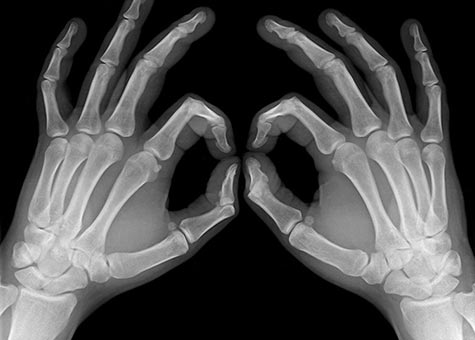AI in Radiology
In recent years, artificial intelligence (AI) has achieved significant advancements across various sectors, with perhaps the most fascinating developments occurring in the field of medicine. One area where AI is making a substantial impact is radiology, which involves the interpretation of medical images for disease diagnosis. As algorithms improve in their ability to analyze X-rays, CT scans, and MRIs, a critical question emerges: Can machines truly substitute the expertise of a radiologist’s eye and intellect?
Let us examine this further.
The Transformation of Radiology through AI
AI applications in radiology function by processing extensive datasets of medical imaging. Through machine learning, particularly deep learning techniques, these systems can be trained to recognize patterns that may signify abnormalities such as tumors, fractures, or indications of diseases like COVID-19.
Currently, some AI systems are capable of:
– Detecting lung cancer nodules on chest scans more rapidly than human practitioners
– Identifying potential strokes in real-time from CT scans
– Anticipating bone fractures before they occur
– Highlighting urgent cases within large image datasets to expedite diagnosis
With accuracy rates nearing or even surpassing those of human radiologists, it is no surprise that AI is being recognized as a transformative force in medical imaging.
The Unique Insights of the Human Eye
Despite the remarkable capabilities of AI, radiology encompasses more than merely identifying anomalies on scans. It also involves context, clinical judgment, and effective communication—domains where human radiologists maintain a distinct edge.
A radiologist does not merely observe “a spot on a lung”; they interpret it within the framework of a patient’s medical history, symptoms, and additional tests. They work collaboratively with physicians, articulate their findings, and adjust their assessments when faced with atypical situations.
Conversely, AI performs optimally when the data is well-structured and conforms to established patterns. It may encounter difficulties with rare conditions, atypical cases, or subpar image quality.
Human Expertise versus Machine Intelligence—or a Collaborative Alliance?
Rather than perceiving AI as a competitor to radiologists, many professionals regard it as a valuable tool to augment their capabilities. AI can efficiently analyze numerous images and highlight any anomalies, thereby enhancing the overall diagnostic process.
